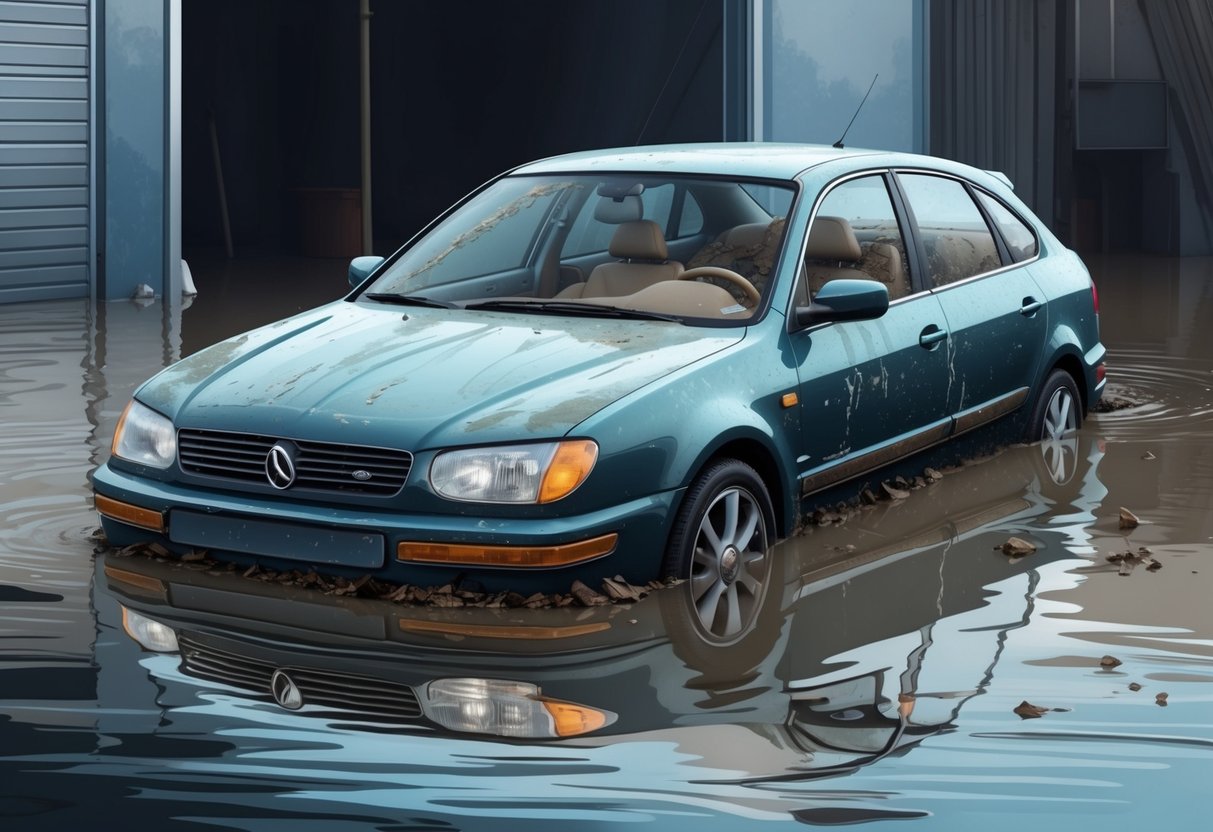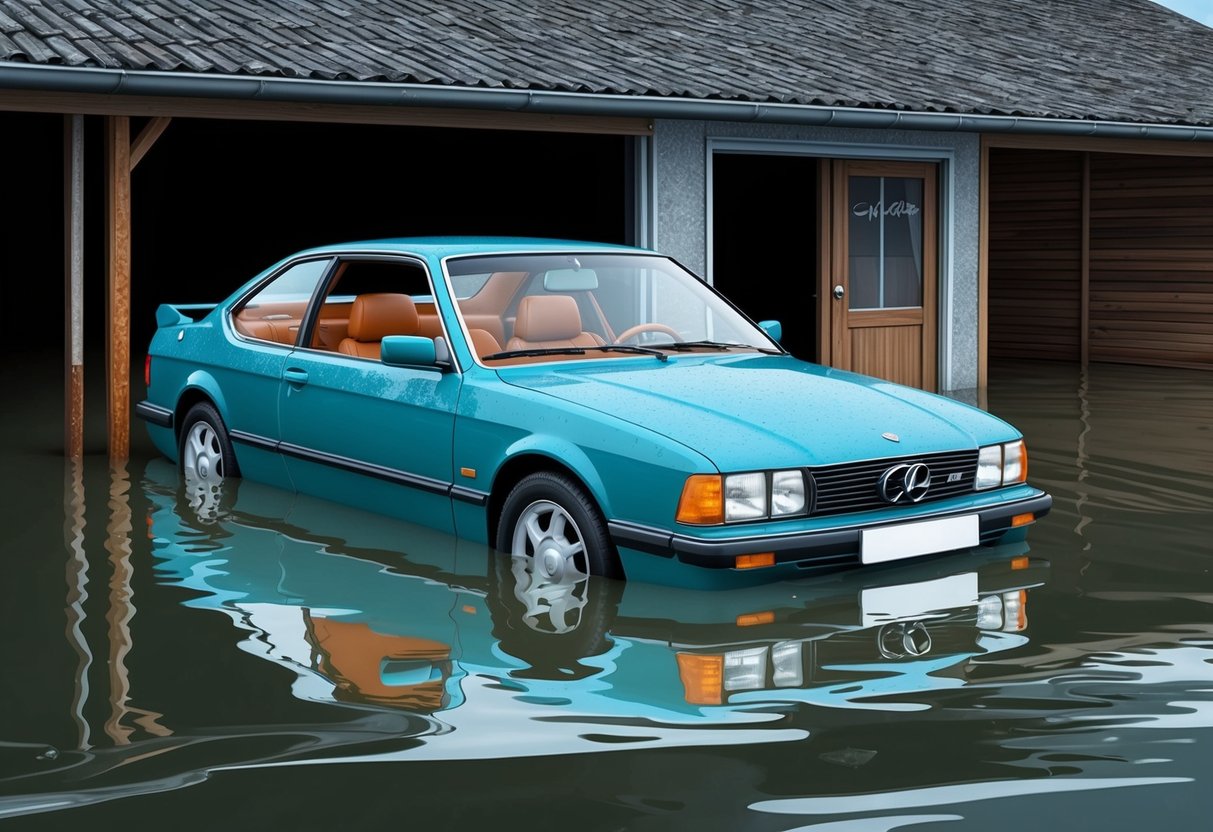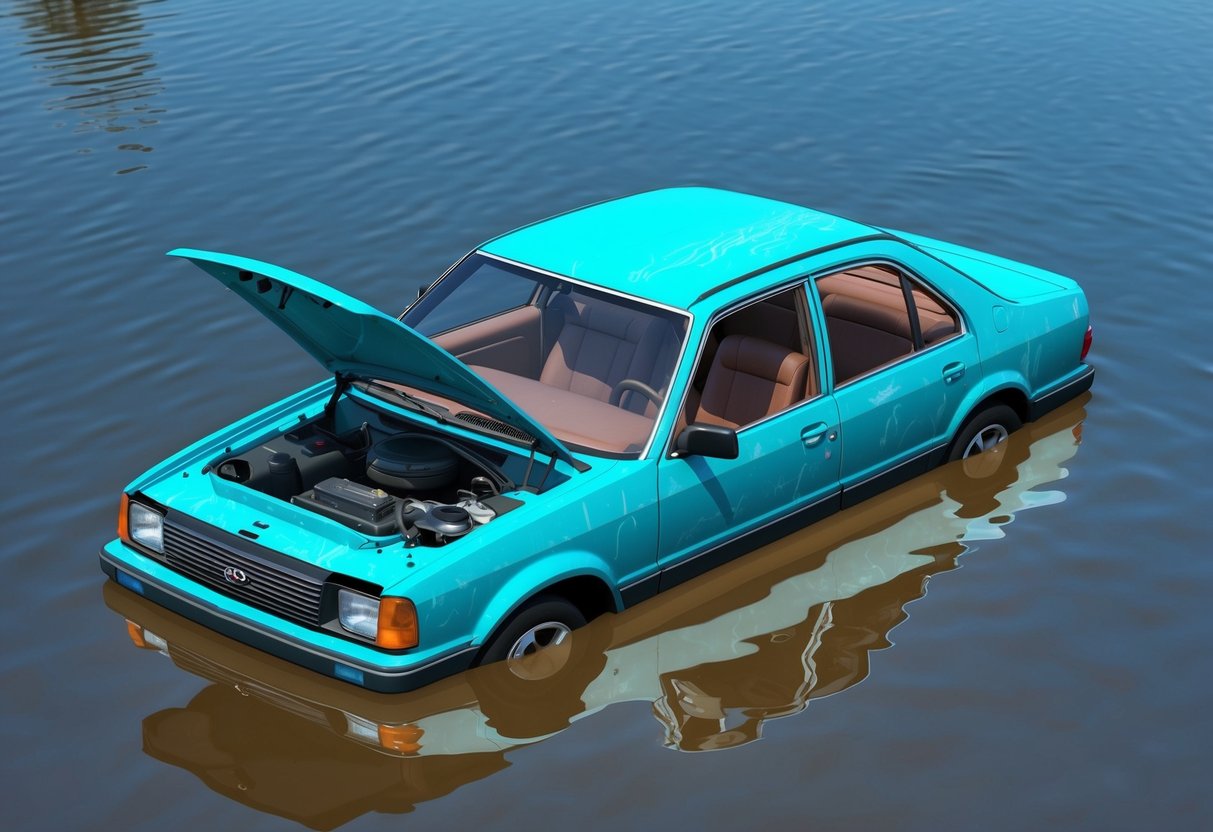
Keywords and Phrases in Car Listings
Flood-damaged cars are often hidden in plain sight by careful wording and ambiguous descriptions in online listings. Recognizing these phrases, along with subtle warning signs, helps buyers avoid costly mistakes when shopping for used vehicles.
Phrases Used to Conceal Flood Damage
Sellers of flood-damaged cars may use certain language in listings to downplay or obscure the vehicle’s history. Phrases such as “new carpet,” “interior recently replaced,” or “runs great, just detailed” often indicate that water damage has been covered up.
Vehicles described with statements like “minor cosmetic issues” or “needs some TLC” may also be hiding more serious problems, including flood exposure. Be attentive to vague descriptions about vehicle condition or repair work.
Listings that highlight “all new upholstery” or “recent electrical work” might be attempts to mask the results of water intrusion. Sometimes, terms like “rebuilt title” or “restored after incident” are used in place of specifying flood damage.
Buyers should view these as potential red flags and investigate further.
Warning Signs in Listings
Warning signs in car listings go beyond just coded phrases. Consistent mentions of rust issues, persistent odor problems, or “musty smell” can be strong indicators of previous water exposure.
Techniques like title washing—where a vehicle’s title is transferred between states to remove the flood designation—are sometimes used to disguise a car’s damaged past.
A checklist to watch for in listings includes:
- Titles listed as “salvage,” “rebuilt,” or “restored.”
- Electrical features described as “sometimes erratic” or with notes about “recent repairs.”
- Interior pictures that seem unusually new compared to the rest of the vehicle.
The combination of ambiguous language and discrepancies in the listing’s details should prompt deeper investigation or even a professional inspection before purchase.
Key Signs of Water Damage During Inspection

Detecting a flood-damaged car involves a detailed examination of key areas inside and out. Surface cleaning often misses subtle signs, making a thorough inspection essential to protect against unexpected repair costs.
Interior Red Flags
Flood-damaged cars often show subtle but telling interior signs. A musty odor or unusual mildew smell is a significant indicator, as waterlogged cars are prone to mold and mildew developing inside upholstery and carpeting.
Buyers should raise floor mats and inspect beneath carpets for dampness, mud, or silt residue. Discoloration on seats, door panels, and carpeting that does not match original colors may show previous water exposure.
Unusual staining or faded patches can signal soaking or submersion. Carefully inspect the dashboard and controls—fogged or cloudy gauges and displays point to prior moisture.
Brittle, frayed, or rusted seat belt anchors and interior fasteners are also key red flags for hidden water exposure.
Exterior Clues
Inspect the exterior closely for watermarks along the doors, trunk, or engine bay. Faded or misaligned paint, as well as differences in color or texture between body panels, may indicate past repairs after flood exposure.
Rust or corrosion around doors, headlight assemblies, or underneath trim pieces is a strong indication of prior water contact. Be sure to examine lights for beads of moisture or condensation trapped inside the housing—this can happen when water seeps into fixtures, as described by auto insurance experts.
Check for mud or silt accumulation in hard-to-clean areas such as wheel wells and behind moldings. Small bits of debris in door jambs, trunk seams, or around the fuel cap also may hint at prior submersion.
Under the Hood Inspections
An under-hood inspection can reveal hidden flood damage. Inspect engine oil for unusual color or milky appearance, suggesting water intrusion.
Inspect the air filter and its housing for visible mud or debris. Corrosion on battery terminals, wires, or metal components is a clear warning sign.
Check the engine compartment for dried mud, silt deposits, or corrosion on metal brackets and bolts. Look for brittle wires or exposed insulation, which can become stiff and break due to water exposure.
Waterlines or discoloration inside the engine bay, as highlighted by detailed car guides, should prompt further investigation. Ensure the fuse box is dry and free from rust, as floodwaters can easily damage electronic components.
Vehicle History Reports and Verification

Using multiple tools to check a vehicle’s past can reveal hidden flood damage. Reports based on VIN entries help buyers spot salvage or flood titles and previous insurance claims—making it easier to avoid costly mistakes.
Using CARFAX and Similar Services
CARFAX and comparable vehicle history report providers are among the first resources that many buyers use. These services compile data from insurance companies, DMVs, repair facilities, and dealerships.
When obtaining a report, entering the VIN will show whether the car has ever held a salvage or flood title, been declared a total loss, or experienced water damage. Look for indicators such as “salvage,” “flood,” or “rebuilt” in the title status section.
CARFAX often includes detailed records of ownership history, reported accidents, repairs, and odometer readings. Carefully scan for inconsistencies or records of flood-related repairs.
CARFAX and its alternatives cannot guarantee every event is reported, but they substantially lower the risk of hidden flood damage.